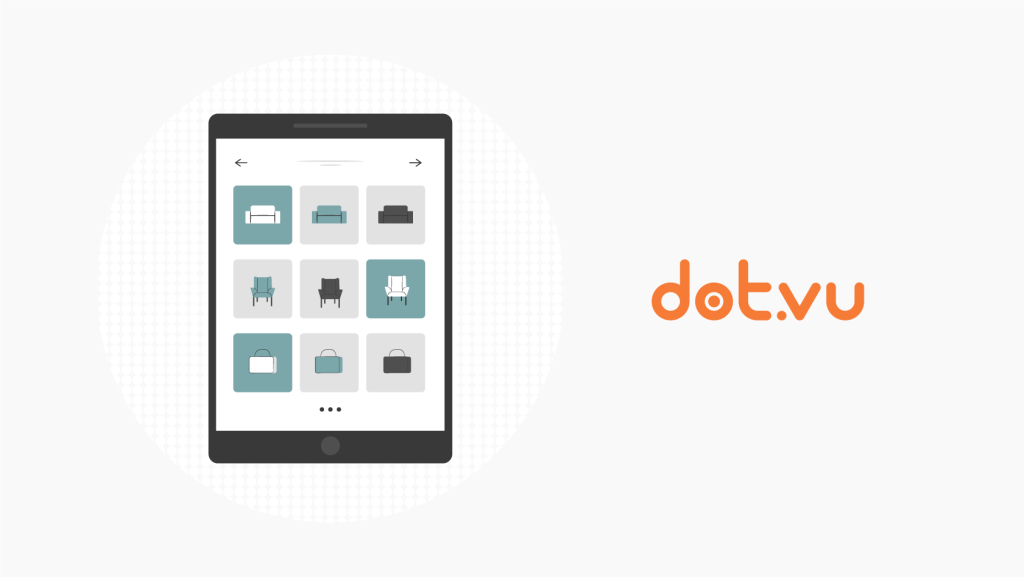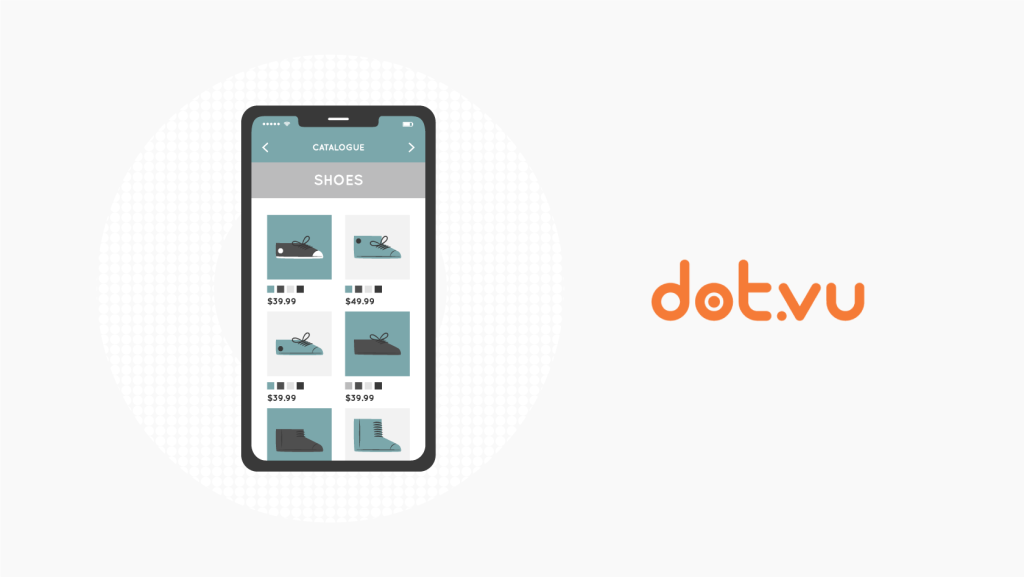
With over 2.14 billion people shopping online, standing out has become more challenging than ever. Businesses need creative, engaging ways to connect with their audience. So, how do you grab your customers’ attention in a crowded online space? How can you make your products stand out among millions of others?
One effective solution is to use an interactive product catalog. It transforms the traditional catalog into an engaging, immersive experience, allowing customers to explore your products more dynamically.
Product catalogs are important for showcasing what your business offers and making it easy for customers to make informed decisions. By clearly presenting your products and pricing, you can guide customers through their buying journey and boost sales, providing a seamless online.
In this guide, we’ll take you through creating an interactive product catalog step-by-step to help you enhance your brand, keep customers engaged, and ultimately drive more sales.
Here’s what you’ll uncover (jump to):
- What is an Interactive Product Catalog?
- How to create an Interactive Product Catalog?
- Digital catalog examples
What is an Interactive Product Catalog?
An Interactive Product Catalog, or digital product catalog, transforms static catalogs into immersive, Interactive Experiences with a realistic page flip effect. You can embed multiple touchpoints that allow visitors to interact with the catalog — whether it’s clicking on images for more information, adding a product directly to their shopping cart, watching videos, or using a Product Recommender to find the perfect item. All of these features are easily achievable with the Dot.vu editor.
Since an Interactive Product Catalog functions like a digital flipbook, it offers similar benefits, including:
- Improving your customer and brand experience.
- Raising customer engagement to a whole new level.
- Increasing sales volume like never before.
- Reaching a larger audience.
An Interactive Product Catalog is not just a material that contains your commercial product information. It rather creates an exciting journey where your buyers can participate actively in configuring products for themselves. Furthermore, the interactive elements substitute the need for a customer service representative. Your audience becomes more independent and self-aware.
Interactive Catalogs are great for many industries. For instance, you can use interactivity to enhance the quality of your real estate content and advertise your new listings. Moreover, you can enhance your fashion marketing campaigns by displaying your latest fashion collection innovatively.

Want to learn more about the endless opportunities of transforming your static material into engaging online content? Read our Interactive Flipbook Guide and discover how!
How to create an Interactive Product Catalog?
1. Plan your content
Proper planning will help you measure success once you publish your stunning digital catalog. Think about the design, product offerings, and experiences you want to add. Keep in mind that your Interactive Catalog is an extension of your brand identity.
2. Upload your existing product catalogs to Our Interactive Flipbook Editor
Upload your static catalog as a PDF or image file to our Interactive Flipbook Editor. There are many different options out there. The right choice depends on your requirements for budget and flexibility. For example, Dot.vu is an Interactive Content platform that allows you to convert any PDF material into an online flipbook and add interactive elements.

Alternatively, you can pick a customisable template and create an online catalog in a matter of minutes. We have some exciting catalog and flipbook templates for you to try. Visit our marketplace to explore the world of Interactive Content.

3. Make it interactive
Adding interactive elements to your catalog is a crucial step as it makes users a part of the experience. Therefore, you need to make sure to keep your audience entertained and engaged with your content. Here are a few ideas of Interactive Experiences that will help you make the best out of your product catalog:
- Clickable images. Let your visitors learn more about the products they find interesting by clicking and interacting with them.
- Guided Selling or Product Recommenders. Recreate an in-store experience for your audiences by offering a Guided Selling experience, where answering a few questions will lead them to the right products.
- Interactive Videos. Spice things up with an engaging video where your potential buyers can learn more about your company, production, and product offerings. For instance, you can use a branching video to tell your story.
- Calculators. Adding Interactive Calculators is a great idea for B2B product catalogs, where visitors can make more informed financial decisions.
You can also incorporate strategic storytelling to enhance the quality of your catalog. Talk about how you came up with the idea for your products. Show how buyers can use them in the best way possible. As a result, readers will engage with your company on a deeper level.
4. Gate content
Gated content helps you generate more leads. When you ‘lock’ a part of your material, visitors can fill out a form with their names and email addresses to unlock it. However, choosing which parts of your Interactive Catalog to gate might be difficult. Our recommendation is gated discount codes. For example, you can encourage your audience to fill out a lead form in exchange for a great deal on your best-selling products.
Pro tip: Make sure to follow the gated content best practices for optimal results.
5. Place it anywhere
Once your beautiful interactive catalog is ready, you can deploy it anywhere you want. You simply apply the code to your chosen location, and the Interactive Experience is available for your visitors to enjoy! But, don’t forget to promote your Interactive Content to achieve success.
Pro tip: Keep in mind that your product catalog is just a part of the purchasing journey. Make sure to align your Interactive Product Catalog with your overall multichannel marketing strategy.
Digital Catalog Examples
Now that you know the benefits and process of creating an Interactive Catalog, let’s explore some inspiring examples.
1. Interactive Catalogue

This is a beautiful Interactive Catalogue filled with stunning animations. The catalog itself takes the viewer on a journey through your brand and offerings.
As a result of interacting with a few unique experiences, your potential buyers engage with your brand on a higher level. They can flip through the catalog and click on the images to receive additional information. Just like if they were in the physical store talking to a salesperson!
2. B2B Product Catalog Flipbook

This is a corporate apparel product catalog especially designed for B2B companies. The catalog includes clickable images, add-to-basket buttons, and a Product Recommender.
The embedded Product Recommender helps potential buyers find the perfect shirt for their employees. This type of Interactive Experience is what sets an Interactive Catalog apart from a regular static product catalog. You suggest products to your customers and thus increase your chances of selling more items.
3. Product Catalog Flipbook Food
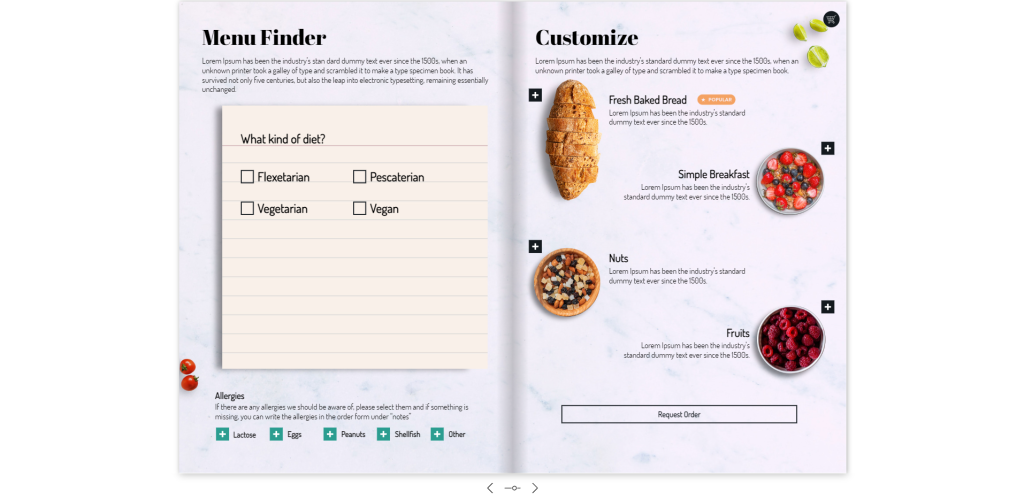
If you are in the food industry, this experience will distinguish you from your competitors. The food catalog contains many interactive elements, such as clickable images, add-to-basket buttons, and a Menu Finder.
A Menu Finder is a Product Recommender experience that guides users toward a nutritious and healthy menu for their company needs. It contains a few questions that will narrow down the options for your readers. As a result, they will be able to make informed decisions.
4. Furniture Catalog
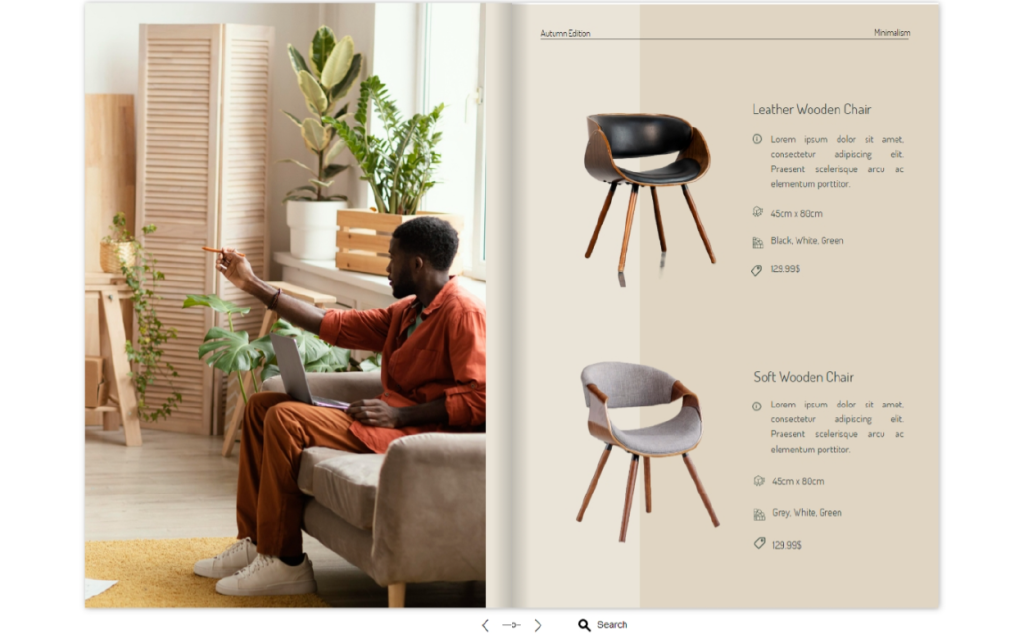
A virtual catalog is an amazing way to showcase your furniture items. Invite customers to explore products on their favorite device whenever they wish.
5. Product Catalog Cosmetics
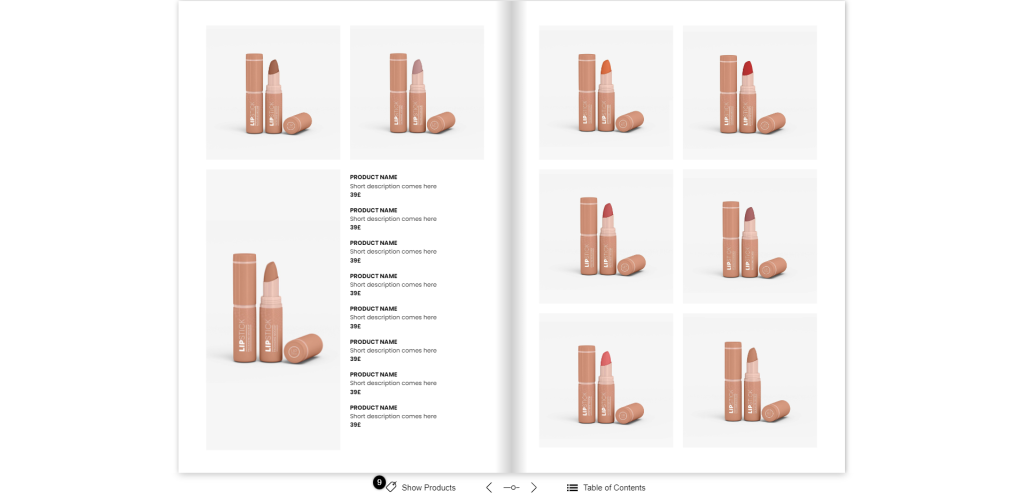
A Product Catalog Cosmetics is a great experience for shortening the decision-making process and engaging your audience.
The Interactive Catalog has a realistic page flip effect that engages your customers on a higher level. In addition, it contains clickable images that reveal additional product information to facilitate the decision-making process.
6. Black Friday Interactive Flipbook
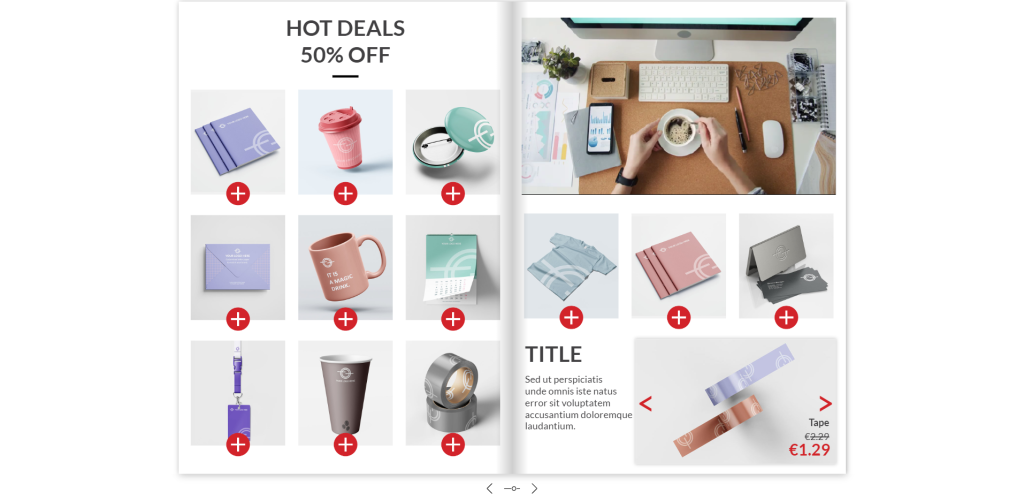
This Black Friday Interactive Flipbook is a seasonal product catalog that boosts your sales. Furthermore, it is a fantastic way to generate leads for your business. The Interactive Experience displays important details, such as prices and links to the corresponding product pages, through CTA buttons.
An engaging product catalog is a perfect addition to your seasonal marketing content strategy (link to pillar page). Interactivity sets your brand apart from the companies that display products with traditional methods.
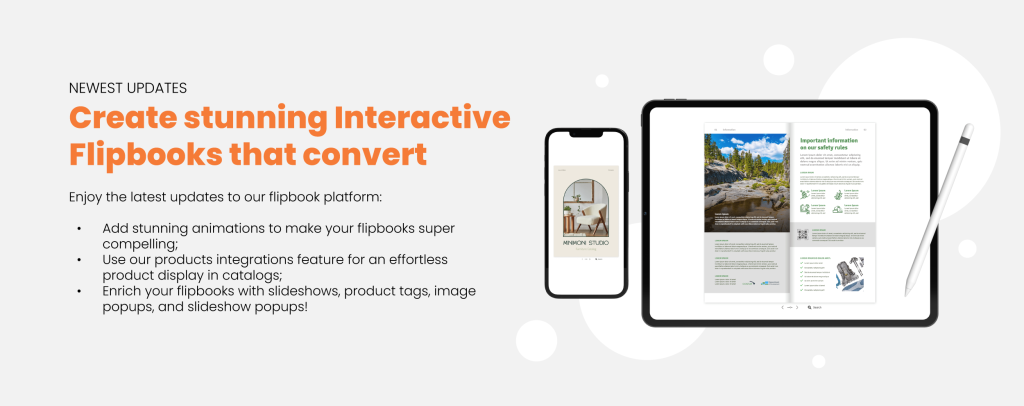
Create Your Stunning Interactive Product Catalog Today!
You can also surprise your visitors with online material they have never experienced before. All it takes is an Interactive Content platform like Dot.vu, and a vivid imagination. After all, you can add anything you want to your catalog – from clickable images to whole new experiences that will take your customers on an exciting journey.
The year is full of holidays and shopping events that you can take advantage of! Therefore, the best time to create your own Interactive Catalogue is today.
Get started today by templates, or schedule a meeting with an Interactive Content expert to explore how you can unlock the full potential of your catalog!

